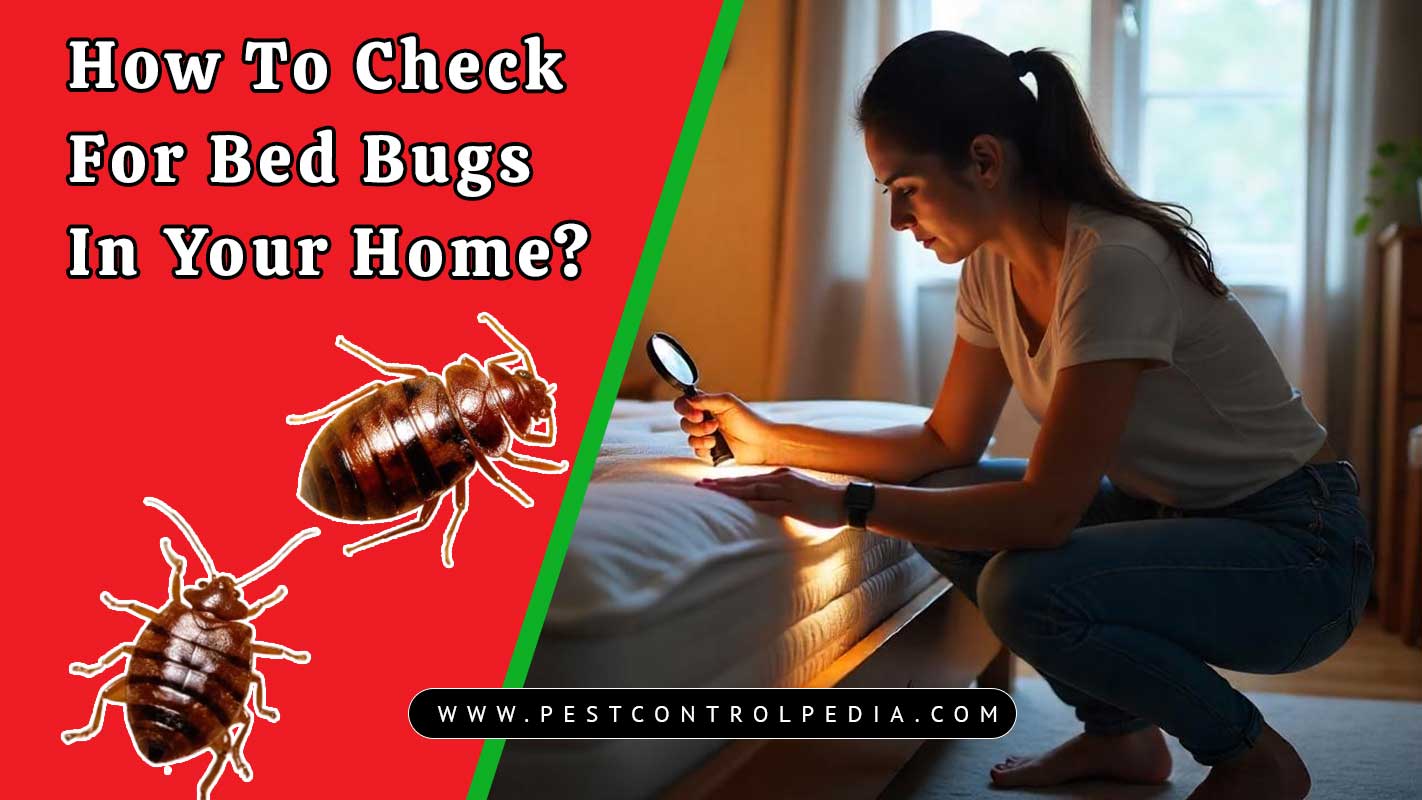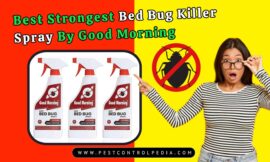In recent years, the issue of bed bugs has crept back into the spotlight, leaving many of us feeling uneasy about our sleeping environments. These tiny pests, once thought to be a relic of the past, are making a surprising comeback, and their prevalence is on the rise.
Did you know that a single female bed bug can lay hundreds of eggs in her lifetime? A startling statistic, isn't it? This is why understanding their habits is essential to protect your home from an infestation.
Studies show that reports of bed bug infestations have increased by over 70% in the last decade alone. This resurgence has left homeowners and travelers alike on high alert.
So, what exactly is drawing these unwelcome guests into our homes? Understanding the factors that attract or bring bed bugs is essential for effective prevention.
In this comprehensive guide, we will explore the various factors that attract bed bugs, helping you identify potential bed bug hotspots and implement effective prevention strategies. Your peaceful sleep starts here.
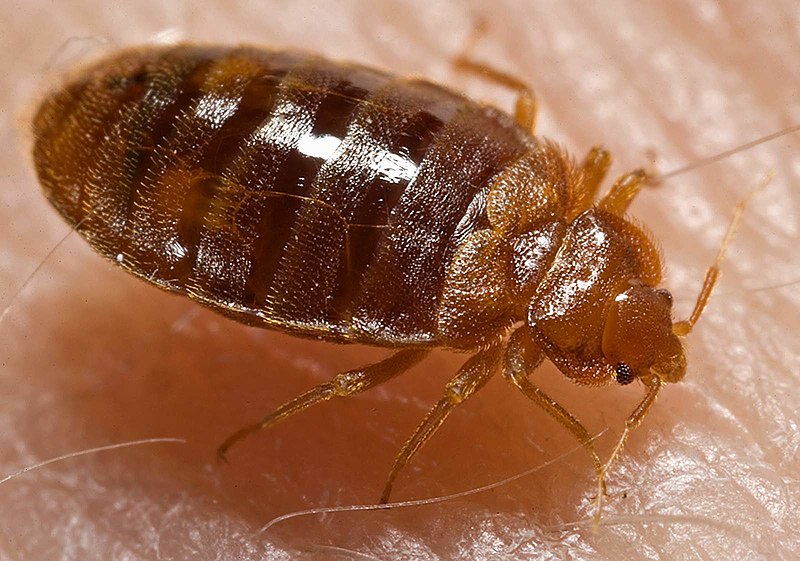
Understanding Bed Bugs

What Are Bed Bugs?
Bed bugs are small, wingless insects that feed on the blood of humans and animals. They are typically about the size of an apple seed, measuring around 4 to 5 millimeters in length. Their bodies are flat and oval-shaped, which allows them to hide easily in small crevices.
In terms of appearance, adult bed bugs have a reddish-brown color, while younger nymphs are lighter and may appear yellowish. They do not have wings, but they can move quickly across surfaces, making them difficult to spot.
Bed Bug Lifecycle and Reproduction
The lifecycle of a bed bug consists of several stages:
- Eggs: A female bed bug can lay up to 500 eggs in her lifetime, often in hidden areas.
- Nymphs: After about a week, the eggs hatch into nymphs, which are smaller versions of adults and require blood meals to grow.
- Adults: Nymphs mature into adults in about 5 to 6 weeks, and they can live for several months without feeding.
Bed bugs reproduce quickly, making it important to address infestations promptly to prevent them from spreading.
Common Misconceptions About Bed Bugs
There are several myths surrounding bed bugs that can lead to confusion:
- Bed bugs are only found in dirty places: This is not true. Bed bugs can thrive in any environment, clean or dirty, as long as there are people to feed on.
- Bed bugs only come out at night: While they are primarily nocturnal, bed bugs can be active at any time of day, especially if they are hungry.
- Bed bugs transmit diseases: Unlike some pests, bed bugs are not known to spread diseases. However, their bites can cause itching and discomfort.
Understanding these facts can help in effectively managing and preventing bed bug infestations.
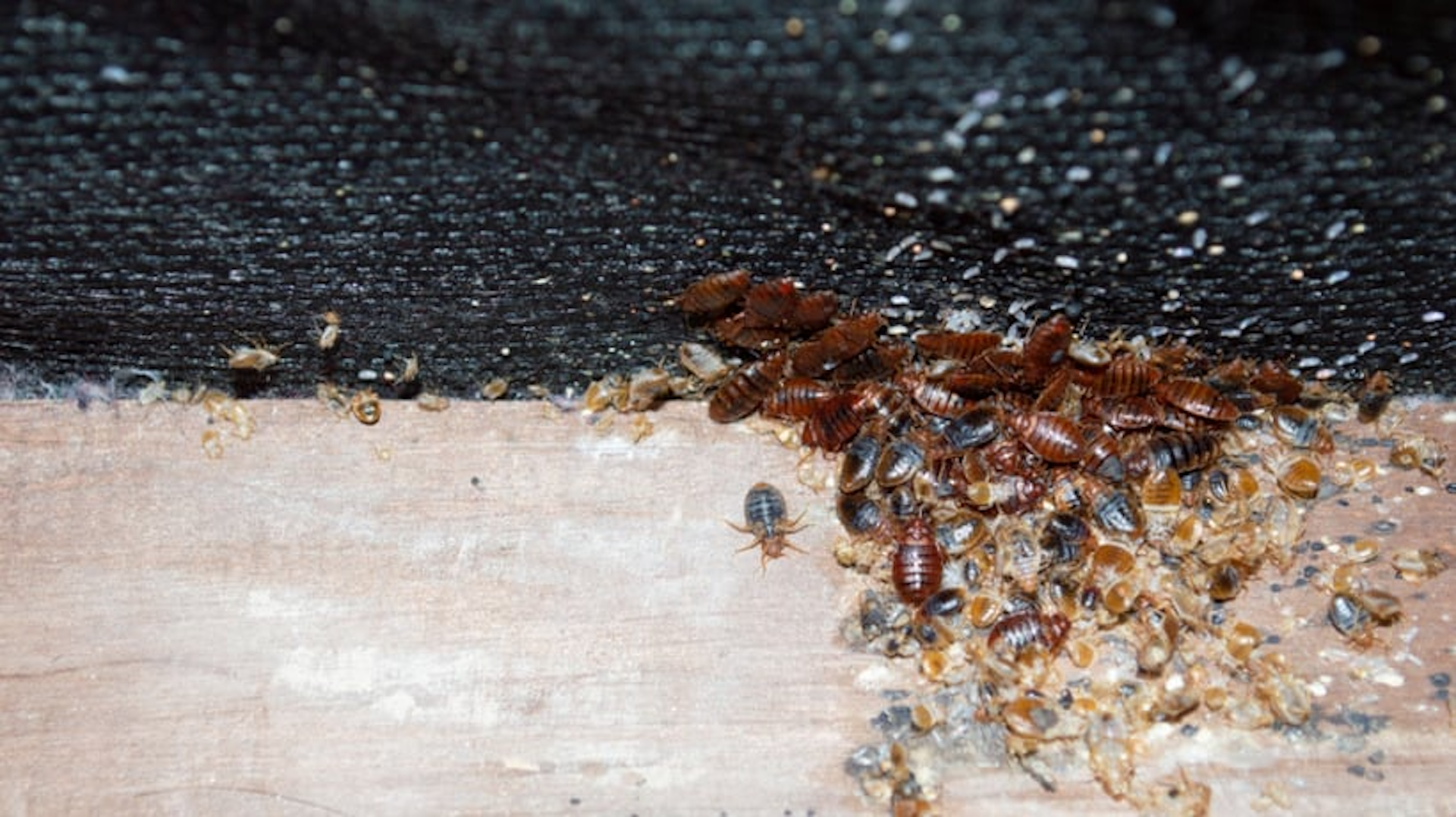
Understanding Harborage Areas: Bed Bug Hideouts

What Are Harborage Areas?
When we talk about harborage areas, we're referring to the places where bed bugs like to hide and thrive. These areas provide the perfect conditions for them to survive and multiply.
Ideal Conditions for Bed Bug Survival
Bed bugs prefer specific environments to live in. Here are some of the ideal conditions:
- Darkness: Bed bugs are nocturnal and prefer dark spaces.
- Warmth: They thrive in warm environments, often found near sleeping humans.
- Proximity to Hosts: They need to be close to their food source, which is usually humans.
Common Hiding Spots in Bedrooms
In bedrooms, bed bugs can be found in several common hiding spots:
- Mattresses: They often hide in seams and folds.
- Box Springs: This is another favorite spot, especially in the fabric and cracks.
- Furniture: Bed bugs can hide in the crevices of chairs and couches.
Other Potential Harborage Areas
Besides bedrooms, bed bugs can also be found in other areas:
- Luggage: They can easily hitch a ride in your bags when you travel.
- Electronics: Items like laptops and phones can provide hiding spots.
- Clothing: Bed bugs can cling to clothes, especially if they are left on the floor.
Being aware of these harborage areas can help you take preventive measures against bed bugs and keep your living space comfortable and safe.
Understanding Clutter and Dirty Environments

The Myth of Cleanliness and Bed Bugs
Many people believe that if a place is clean, it is safe from bed bugs. However, this is a common misconception. Bed bugs can thrive in both clean and dirty environments. They are not attracted to dirt; instead, they seek out places where they can hide and feed on humans. This means that even the tidiest of homes can still fall victim to these pests.
How Clutter Provides Hiding Places
Clutter can be a significant issue when it comes to pest control. Items that are piled up or left scattered around create ideal hiding spots for bed bugs and other pests. Here are some ways clutter contributes to the problem:
- Hiding Spots: Clutter offers numerous nooks and crannies where bed bugs can hide, making them harder to find and eliminate.
- Breeding Grounds: A disorganized space can also provide a conducive environment for pests to breed.
- Increased Stress: Living in a cluttered environment can lead to stress, which may make it harder to notice pest issues early on.
Importance of Regular Cleaning and Vacuuming
To keep your home safe from bed bugs and other pests, regular cleaning and vacuuming are essential. Here’s why:
- Reduces Hiding Places: Frequent cleaning helps eliminate clutter, reducing the number of hiding spots for pests.
- Prevents Infestations: Regular vacuuming can pick up any bed bugs or eggs before they have a chance to multiply.
- Promotes a Healthy Environment: A clean space is not only less inviting to pests but also healthier for you and your family.
Maintaining a clean and organized space is crucial in preventing bed bug infestations and ensuring a comfortable living environment.
Understanding the Risks of Secondhand Items

Introduction to Secondhand Items
Buying secondhand items can be a great way to save money and find unique pieces. However, there are some potential risks involved that you should be aware of.
Potential Risks
Bed Bugs and Used Furniture
One of the biggest concerns when purchasing used furniture is the possibility of bed bugs. These tiny pests can easily hitch a ride on items like couches, chairs, and mattresses.
Thorough Inspection is Key
Before bringing any secondhand item into your home, it is crucial to conduct a thorough inspection. Look for:
- Signs of bed bugs such as small dark spots or shed skins.
- Any unusual odors that might indicate pest problems.
- Overall condition of the item to ensure it is safe to use.
Quarantine New Items
To further protect your home, consider quarantining new items before they enter your living space. This means keeping them in a separate area for a few days to monitor for any signs of pests. This simple step can help you avoid unwanted surprises.
How to Inspect Second-Hand Items Before Bringing Them Home
Buying second-hand items can be a great way to save money, but it’s important to check for bed bugs before bringing anything home. Here’s how to do it:
- Look for signs of infestation, such as stains or bugs.
- Examine the seams and folds of furniture or clothing.
- Consider using a flashlight to see better in dark areas.
By taking these steps, you can enjoy your travels and keep your home bed bug-free.
While secondhand shopping can be rewarding, being aware of the potential risks, especially related to bed bugs, is essential. By inspecting items carefully and taking precautions, you can enjoy your finds without worry.
Travel and Bed Bugs

Hotels and Motels as Hotspots
When you travel, hotels and motels can sometimes be breeding grounds for bed bugs. These tiny pests are excellent at hiding in the seams of mattresses, behind headboards, and in furniture. Because many people come and go, these places can easily become infested.
Preventing Bed Bug Infestations After Travel
To keep your home safe from bed bugs after a trip, it’s essential to take a few precautions. Here are some steps you can follow:
- Keep your luggage off the bed and furniture in your hotel room.
- Use hard-sided luggage instead of soft bags, as they are less likely to harbor bugs.
- Wash all clothing in hot water as soon as you return home.
Inspecting Luggage and Belongings Upon Return
Before you bring your belongings inside, take a moment to inspect your luggage and items. Look for any signs of bed bugs, such as:
- Small reddish-brown spots on the fabric.
- Live bugs or shed skins.
- Dark spots that could be droppings.
It’s better to be safe and check thoroughly to avoid bringing any unwanted guests home.
Tips for Avoiding Bed Bugs in Hotels and While Traveling
Here are some practical tips to help you avoid bed bugs during your travels:
- Research hotels and read reviews to see if there have been reports of bed bug issues.
- Inspect your hotel room upon arrival, especially the bed and furniture.
- Keep your belongings in the bathroom if possible, as it is less likely to have bed bugs.
Signs of a Bed Bug Infestation
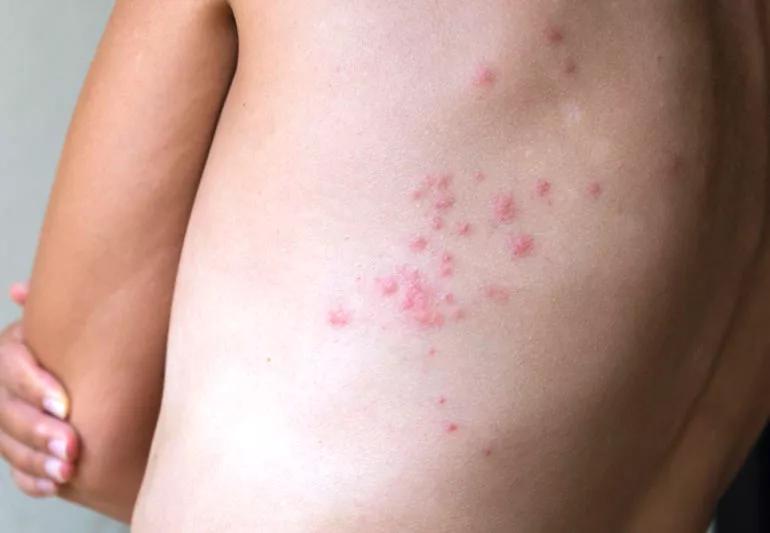
Early Signs to Watch For
Detecting a bed bug infestation early can save you a lot of trouble. Here are some key signs to look out for:
- Bed bug bites: These often appear as small, red, itchy welts on your skin, typically in a line or cluster.
- Blood stains: You might notice small, reddish stains on your sheets or mattress. These can occur if a bed bug is crushed after feeding.
- Shed skins: As bed bugs grow, they shed their exoskeletons. Finding these tiny, translucent skins in your bed or around your home can indicate an infestation.
Confirming a Bed Bug Infestation
If you suspect you have a bed bug problem, it's crucial to confirm it. One of the best ways to do this is through a professional inspection. Here’s why:
- Expertise: Professionals have the training to identify signs of bed bugs that you might miss.
- Thoroughness: They will check all potential hiding spots, including mattresses, furniture, and even wall cracks.
- Effective treatment options: Once confirmed, they can recommend the best course of action to eliminate the infestation.
Bed Bugs Prevention Tips
Regular Inspection of Bedding and Furniture
It's important to regularly inspect your bedding and furniture for signs of bed bugs. Look for tiny brown or reddish-brown bugs, their eggs, or small blood spots on your sheets. Paying attention to these signs can help you catch an infestation early before it gets out of control.
Vacuuming and Cleaning Regularly
Keeping your home clean and vacuuming regularly is an effective way to prevent bed bugs. Use the hose attachment to clean crevices and corners where bed bugs like to hide. Be sure to dispose of the vacuum bag immediately after cleaning to prevent any bugs from escaping.
Sealing Cracks and Crevices
Bed bugs can hide in the smallest of spaces, so it's important to seal any cracks and crevices in your home. Use caulk or sealant to fill in gaps around baseboards, electrical outlets, and window frames. This makes it harder for bed bugs to find a place to hide and breed.
Using Mattress and Pillow Covers
Encasing your mattress and pillows in protective covers is an effective way to prevent bed bugs from infesting your bed. Look for covers that are labeled as "bed bug proof" and make sure they have a tight zipper that keeps the bugs out.
Travel Precautions
When traveling, it's important to take precautions to prevent bringing bed bugs home with you. Inspect your hotel room thoroughly, keeping your luggage off the bed and floor. When you get home, unpack your clothes directly into the washing machine and dry them on high heat. Vacuum your luggage before storing it away.
By following these tips and staying vigilant, you can help prevent a bed bug infestation in your home. Remember, early detection is key, so don't hesitate to call a professional exterminator if you suspect you have a problem.Frequently Asked Questions (FAQ’S)
Q. How can I detect bed bugs in my home early?
To detect bed bugs early, inspect your bedding and furniture for rusty stains or small dark spots. Check seams, tags, and crevices in mattresses and bed frames. Regular inspections help catch infestations before they spread.
Q. What are the best methods to prevent bed bugs when traveling?
When traveling, use luggage racks instead of placing bags on beds. Inspect hotel rooms for bed bugs and wash clothes in hot water upon returning. Keeping luggage sealed can also help prevent bringing bed bugs home.
Q. Can pets bring bed bugs into the house?
Yes, pets can inadvertently carry bed bugs into your home. They may hide in pet fur or belongings. Regular grooming and inspecting your pet's environment can help reduce the risk of an infestation.
Q. Are there any natural remedies to repel bed bugs?
Natural remedies like essential oils (e.g., tea tree oil and lavender) can repel bed bugs. Spraying diluted oils in infested areas may help deter them, but effectiveness varies and should be combined with other methods.
Q. How effective are professional pest control services for bed bugs?
Professional pest control services are highly effective for eliminating bed bugs. They use advanced techniques like heat treatment and pesticides to ensure thorough eradication, often providing follow-up treatments for complete control.
Q. What are the most effective early detection methods for bed bugs?
Effective early detection methods include inspecting bedding for blood stains and fecal spots. Using a flashlight to examine cracks and crevices in furniture can also reveal hidden bed bugs before infestations worsen.
Q. How often should I inspect my home for signs of bed bugs?
Inspect your home for bed bugs at least once a month, especially after traveling or bringing in used furniture. Frequent checks help catch infestations early, preventing them from spreading throughout your home.
Q. Are there any specific tools that can help detect bed bugs early?
Tools like bed bug monitors and flashlights are helpful for early detection. Monitors can trap bugs, while flashlights help inspect dark areas. These tools enhance your ability to identify bed bugs before they multiply.
Q. Can bed bugs be found in areas outside of the bedroom?
Yes, bed bugs can be found in various areas beyond the bedroom, including living rooms, offices, and public transport. They often hide in furniture, carpets, and even electrical outlets, making thorough inspections crucial.
Q. What should I do if I suspect a bed bug infestation?
If you suspect a bed bug infestation, immediately inspect your bedding and furniture for signs. Consider contacting a professional pest control service for effective treatment and follow-up inspections to ensure complete eradication.
Q. What are the most effective ways to inspect a hotel room for bed bugs?
To inspect a hotel room for bed bugs, check the mattress seams, headboard, and furniture for dark spots or shed skins. Keep luggage off the floor and use a flashlight to look in hidden areas for any signs of infestation.
Q. How can I ensure my luggage is bed bug-free after traveling?
To ensure your luggage is bed bug-free, inspect it thoroughly before packing. Upon returning, wash clothes in hot water and vacuum the suitcase. Store luggage in sealed plastic bags to prevent any potential infestations.
Q. Are there specific types of luggage that are better at preventing bed bugs?
Hard-sided luggage is generally better at preventing bed bugs compared to soft-sided bags. The rigid structure makes it harder for bugs to hide, while sealed compartments reduce exposure to potential infestations.
Q. What should I do if I suspect I brought bed bugs home from a trip?
If you suspect you brought bed bugs home, immediately wash and dry your clothes on high heat. Inspect your luggage and vacuum it thoroughly. Consider contacting a pest control professional for further assistance if necessary.
Q. How can I prevent bed bugs from attaching to my clothing while traveling?
To prevent bed bugs from attaching to your clothing while traveling, store clothes in sealed plastic bags. Avoid placing bags on beds or floors and use luggage racks when available to minimize contact with potential infestations.
Q. How can I prevent my pets from bringing bed bugs into the house?
To prevent pets from bringing bed bugs into the house, regularly groom and inspect them for any signs. Avoid letting pets roam in infested areas, and wash their bedding frequently to reduce the risk of infestation.
Q. Can bed bugs survive on pet fur?
Yes, bed bugs can survive on pet fur temporarily. They may hitch a ride on pets but do not live on them. Regular grooming and inspections can help prevent bed bugs from entering your home via pets.
Q. What are the signs that my pet has bed bugs?
Signs that your pet may have bed bugs include unusual scratching or biting at their fur. Look for small red welts on their skin, which can indicate bites. Inspect their bedding for any signs of bed bugs as well.
Q. How do I treat my pet if they have bed bugs?
If your pet has bed bugs, consult a veterinarian for appropriate treatment options. They may recommend specific shampoos or topical treatments to eliminate any bugs and alleviate itching or discomfort.
Q. Are there specific products to repel bed bugs from pets?
Yes, there are specific pet-safe products designed to repel bed bugs. Look for natural repellents containing essential oils. Always consult a veterinarian before applying any product to ensure it is safe for your pet.
Q. How effective is vinegar in repelling bed bugs?
Vinegar can be somewhat effective in repelling bed bugs due to its strong smell. However, it is not a guaranteed solution for elimination. Combining vinegar with other pest control methods may yield better results.
Q. Can lemongrass be used to prevent bed bug infestations?
Lemongrass contains compounds that may repel bed bugs. Using lemongrass oil as a spray in infested areas can help deter them, but it should be part of a comprehensive pest control strategy for effectiveness.
Q. What are the best natural remedies for killing bed bugs?
Some effective natural remedies for killing bed bugs include diatomaceous earth and essential oils like tea tree and lavender. These substances can disrupt the bugs' exoskeletons or repel them, but thorough application is necessary.
Q. How does borax help in controlling bed bugs?
Borax can help control bed bugs by dehydrating them upon contact. Sprinkling borax in infested areas can disrupt their life cycle, but it should be used in conjunction with other pest control methods for best results.
Q. Are there any essential oils that repel bed bugs?
Yes, essential oils like tea tree, lavender, and peppermint can repel bed bugs. These oils can be diluted and sprayed in infested areas, but their effectiveness may vary and should be part of a broader prevention strategy.
Q. What are the most common methods used by professional pest control services for bed bugs?
Professional pest control services commonly use methods such as heat treatment, insecticide applications, and vacuuming to eliminate bed bugs. These comprehensive strategies ensure thorough eradication and help prevent future infestations.
Q. How long does it typically take for professional pest control to eliminate a bed bug infestation?
Typically, it takes professional pest control services about 1 to 3 treatments over a few weeks to eliminate a bed bug infestation. The timeline can vary based on the severity of the infestation and the methods used.
Q. Are there any risks associated with using professional pest control services for bed bugs?
While professional pest control services are generally safe, there can be risks such as exposure to chemicals. It's essential to choose certified professionals who use eco-friendly methods to minimize any potential health risks.
Q. How effective is heat treatment compared to other professional methods for bed bugs?
Heat treatment is highly effective for eliminating bed bugs, as it kills all life stages at once. Compared to other methods, it often requires fewer follow-up treatments and poses less risk of chemical exposure.
Q. Can professional pest control services guarantee a bed bug-free home?
While professional pest control services cannot guarantee a completely bed bug-free home, they significantly reduce the risk of reinfestation. Following their recommendations and conducting regular inspections can help maintain a pest-free environment.
Conclusion
So, what really attracts bed bugs? While they might seem like indiscriminate invaders, they're actually drawn to specific conditions. Human hosts, with our warm bodies and delicious blood, are their primary target. But they also need suitable hiding places, which they find in clutter and cracks. Travel and secondhand items can introduce these pests into your home, making vigilance essential.
Remember, early detection is key to effective bed bug control. Regular inspections of your bedding, furniture, and luggage can help you catch a potential infestation early. Implementing prevention strategies like vacuuming regularly, sealing cracks, and using protective covers can create a less inviting environment for bed bugs.
By understanding what attracts these pests and taking proactive measures, you can significantly reduce your risk of a bed bug infestation. Protect your sleep, your home, and your peace of mind.
Don't let bed bugs win the battle.


